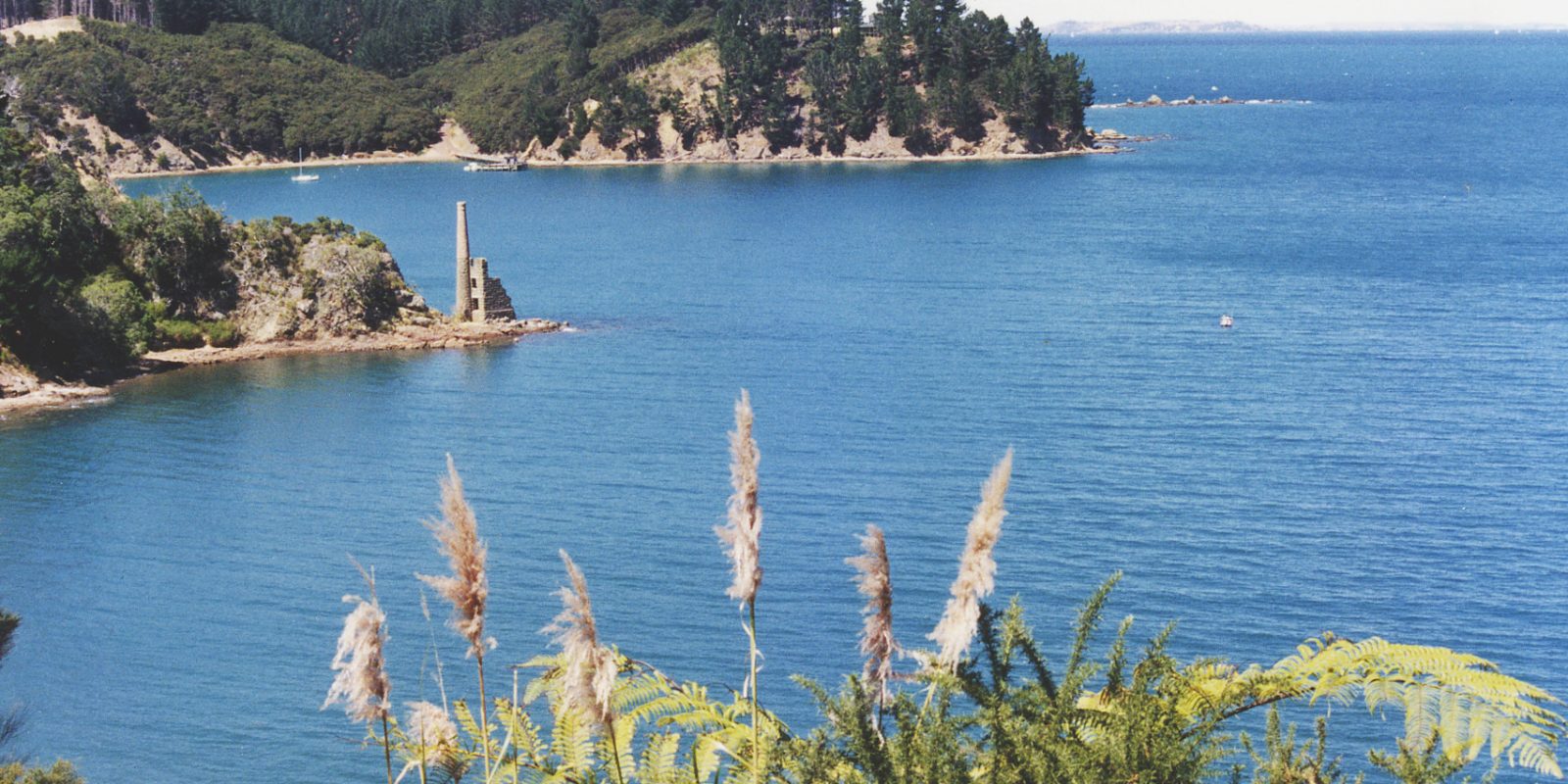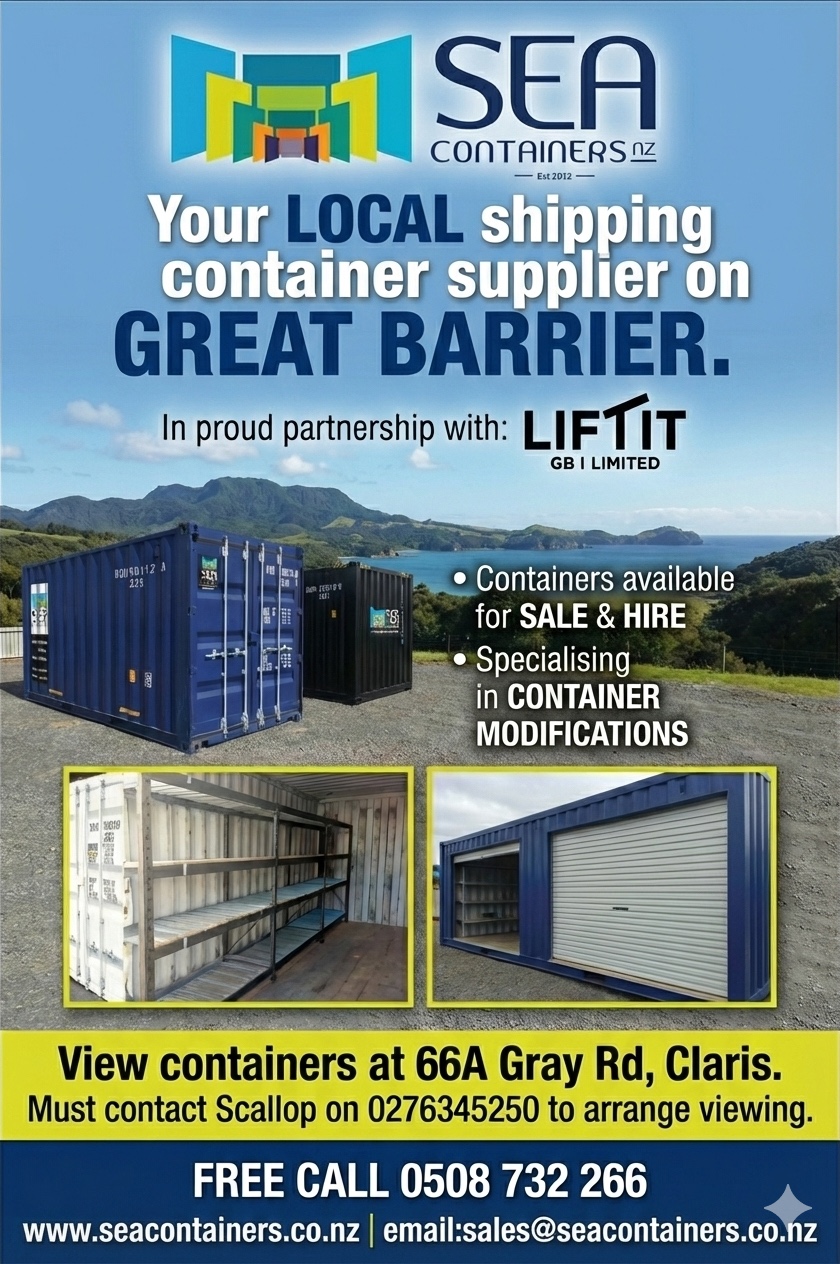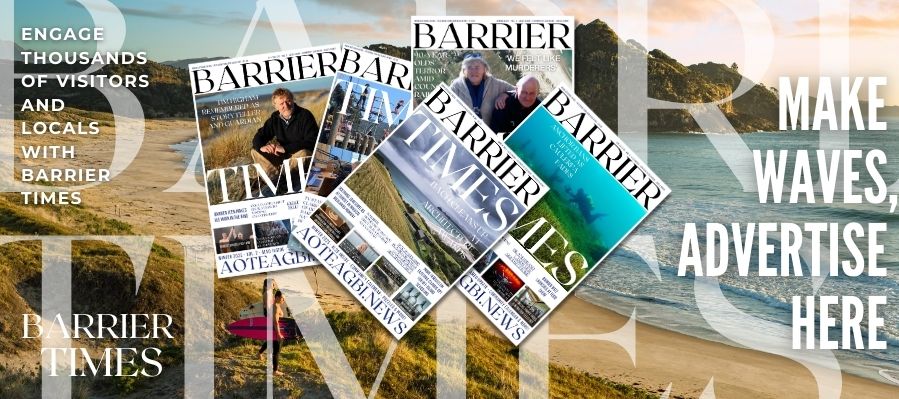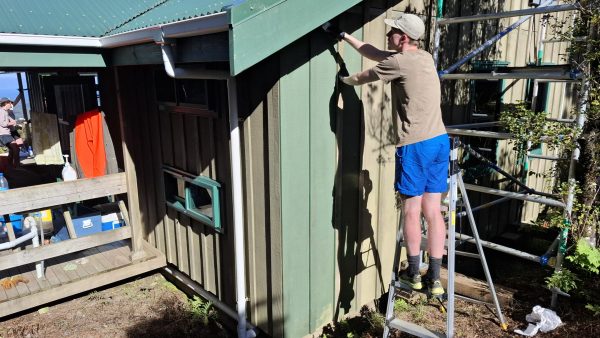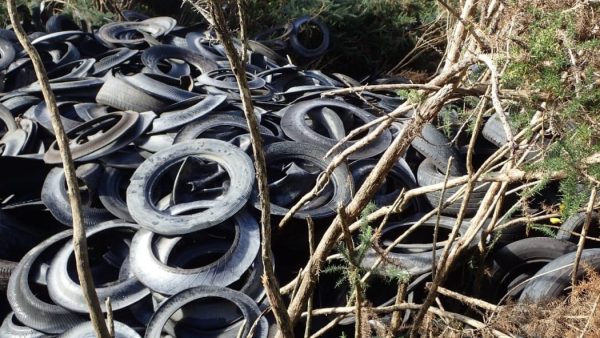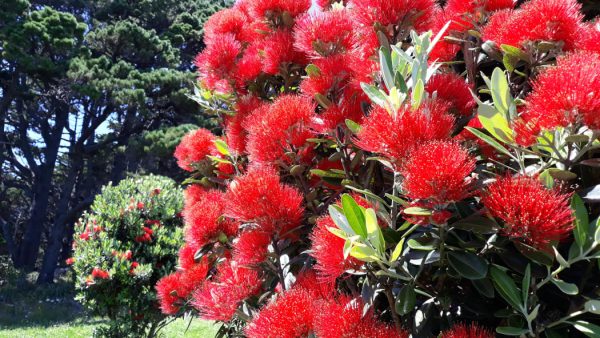A new proposal could make Kawau Island the most chemically saturated inhabited island in New Zealand history.
From June 2025 to April 2027, Auckland Council, with backing from DOC, Predator Free 2050 Ltd, and the Manuhiri Kaitiaki Charitable Trust, is planning to unleash a barrage of pesticides on Kawau. While none of these poisons will be aerially dropped, the breadth and volume of toxins being approved is staggering. Among the planned substances are 1080 (in multiple formulations including cereal pellets, gel, and carrot), brodifacoum, diphacinone, pindone, and cyanide (Feratox). All will be hand-laid or distributed via bait stations across a 227-hectare zone.
To put it plainly: this is the most chemically intensive pest control operation ever approved on an inhabited island in New Zealand. And yet, it is moving ahead with little scrutiny and virtually no national debate.
Brodifacoum, an extremely toxic and persistent anticoagulant banned or heavily restricted in the EU, Canada, and many US states, will be laid across Kawau. It bioaccumulates in animal tissues and can remain in the environment for years. 1080, banned for general use in the US, UK, and parts of China, is also being deployed in various high-toxicity concentrations, with some warning signs not to be removed until 17 months after application finishes.
Did you know?
New Zealand leads the world in poison-free pest control with traps like the Goodnature A24 and the AT220. These can kill rats, stoats or possums without poison, and some can send kill data remotely via Bluetooth or satellite.They’re highly effective when used well — fast, humane, and ideal for toxin-free conservation. But with higher upfront costs, they’re an investment.
In much of the world, these substances are controlled under strict regulation or outright banned. In New Zealand, the attitude toward pesticides and herbicides has long been lax, with successive governments prioritising cost-effective eradication over ecological risk management. Glyphosate, for instance, is still sprayed widely despite international concerns over its carcinogenic potential.
But what makes Kawau different is that this is not a remote, uninhabited island. Kawau has homes, pets, tourists, and marine harvesting. It is not a blank canvas. And yet this chemical onslaught has been approved as if it were.
The deeper concern is the network of organisations involved. Predator Free 2050 Ltd, flush with taxpayer and philanthropic money, has become a political apparatus more than a conservation effort. The Manuhiri Kaitiaki Charitable Trust, an iwi-linked entity, has been handed ecological authority and funding streams that raise legitimate questions. Is this conservation — or consolidation of power and profit?
Did you know that a study conducted on Wake Island in the Pacific found that residues of the rodenticide brodifacoum were still present in fish three years after a rat eradication effort? Consuming fish contaminated with brodifacoum can be harmful to humans, potentially leading to symptoms such as nosebleeds, gum bleeding, and internal bleeding because it interferes with blood clotting.
What’s unfolding on Kawau should concern every resident of the Gulf. If this is the new benchmark for pest eradication on inhabited islands, how long before Great Barrier, Waiheke or Rakino faces similar proposals? With DOC and affiliated iwi trusts already managing vast tracts of land, and with political cover from Wellington, Aotea could be next.
We must ask ourselves: are we creating a haven for biodiversity — or laying the groundwork for an ecological hellscape, ruled by chemicals, governed by opaque trusts, and paid for by a public kept in the dark?
The silence around Kawau must not be repeated in the rest of the Gulf.
AoteaGBI.news is an independent voice for the Hauraki Gulf. We do not accept funding from DOC or iwi trusts.


